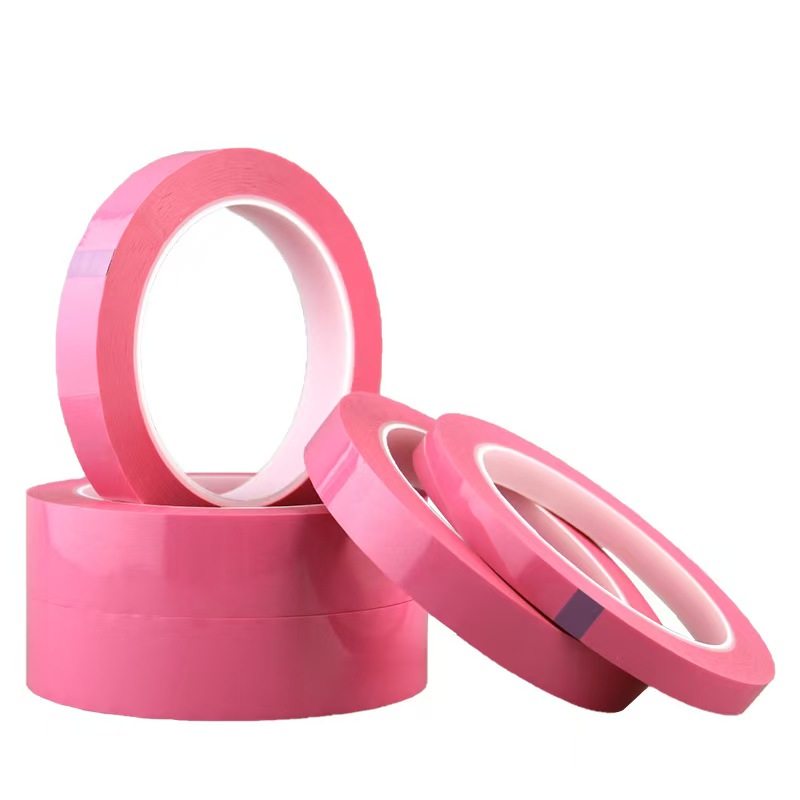Understanding Light Reflection and Transmission in One-Way PET Films
One-way PET films are an essential material in modern signage, architecture, and privacy applications. By leveraging advanced optical principles, these films manage how light interacts with surfaces—enabling users to see through one side of a window while maintaining a mirrored or opaque appearance from the other.
How Light Behaves with PET Film
When light hits a surface, it can either reflect, transmit, or be absorbed. One-way PET films manipulate these behaviors to produce directional visibility. A reflective PET film has a metallized or coated layer that reflects a portion of incident light, while a light transmission PET film controls how much light passes through.
Effective balance between these two properties is the foundation of one-way vision.
Mechanism of One-Way Vision
The visibility effect is based on contrast. From the brighter side, the film appears opaque or reflective. From the darker side, the micro-perforations and clear zones in the light transmission PET film allow visibility outward.
- Daylight side = reflection or graphic image
- Interior side = clear view through perforations
Enhancing Performance with Coatings
To strengthen the optical effect, reflective PET film is often coated with anti-glare or UV-resistant layers. These coatings ensure consistent performance under direct sunlight, harsh weather, or artificial lighting.
Meanwhile, durable PET film formulations incorporate scratch-resistant and weatherproof coatings to increase longevity.
Benefits of Coated Films:
- Minimized glare and distortion
- UV filtering protects interiors
- Increased lifespan for outdoor use
Material Composition and Durability
A durable PET film must perform under thermal stress, high humidity, and constant light exposure. Manufacturers typically use high-molecular-weight PET, reinforced with cross-linked polymers for toughness.
These films resist yellowing, delamination, and warping, even after years of continuous use.
Application Scenarios
- Architectural Glass: Enhance privacy while allowing sunlight in office buildings
- Public Transit: Wrap buses and trains with advertising that doesn’t block passenger view
- Retail Display: Promote brand visuals while preserving interior lighting
Comparison with Other Materials
| Feature | PET Film | Standard Vinyl |
|---|---|---|
| Light Transmission | High (Controlled) | Low |
| Reflectivity | Adjustable | Fixed |
| Durability | ✔️ Weather-resistant | ❌ Degrades over time |
| Print Quality | High | Medium |
Conclusion
Understanding the interaction between light and PET films allows architects, advertisers, and designers to use these materials strategically. Whether the goal is privacy, branding, or daylight control, light transmission PET film, reflective PET film, and durable PET film offer tailored solutions for various environments.
SEO Tags
light transmission PET film, reflective PET film, durable PET film, one-way window graphics, daylight PET film, anti-glare PET sheet, UV-stable PET film, privacy glass PET, directional PET vision, scratch-resistant PET, high-transparency PET film, architectural PET film, printable reflective PET, mirror PET coating, advertising PET panel, PET film for vehicles, weatherproof PET display, PET signage layer, public space PET film, indoor/outdoor PET coating, film for storefronts, PET for curtain wall, visual control PET film, optical clarity PET, privacy layer PET, dual-layer PET film, long-life PET solution, glass-safe PET adhesive, performance PET sheets, eco PET graphics, reflective one-way PET, sustainable PET film, contrast control PET, see-through signage film, visual PET partition, energy-efficient PET, branding PET film, glazing PET material, optical PET layer, safety window PET
READ MORE:
Telephone: 008613530419893
E-mail:marie@selfadhesivefilm.com
ADDRESS (Shenzhen):903-286, Building A2, Guangming Technology Park, China Merchants Group, Guanguang Road, Fenghuang Community, Fenghuang Street, Guangming District, Shenzhen, Guangdong.
ADDRESS (Dongguan): 3rd Building No.45 Yinhu Road Shishuikou Community,Qiaotou Town, Dongguan, Guangdong.





